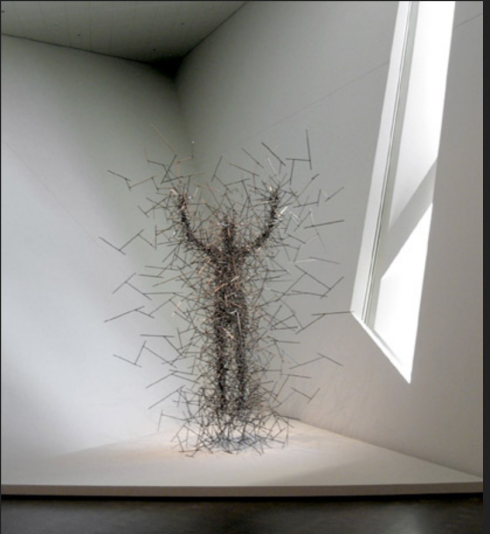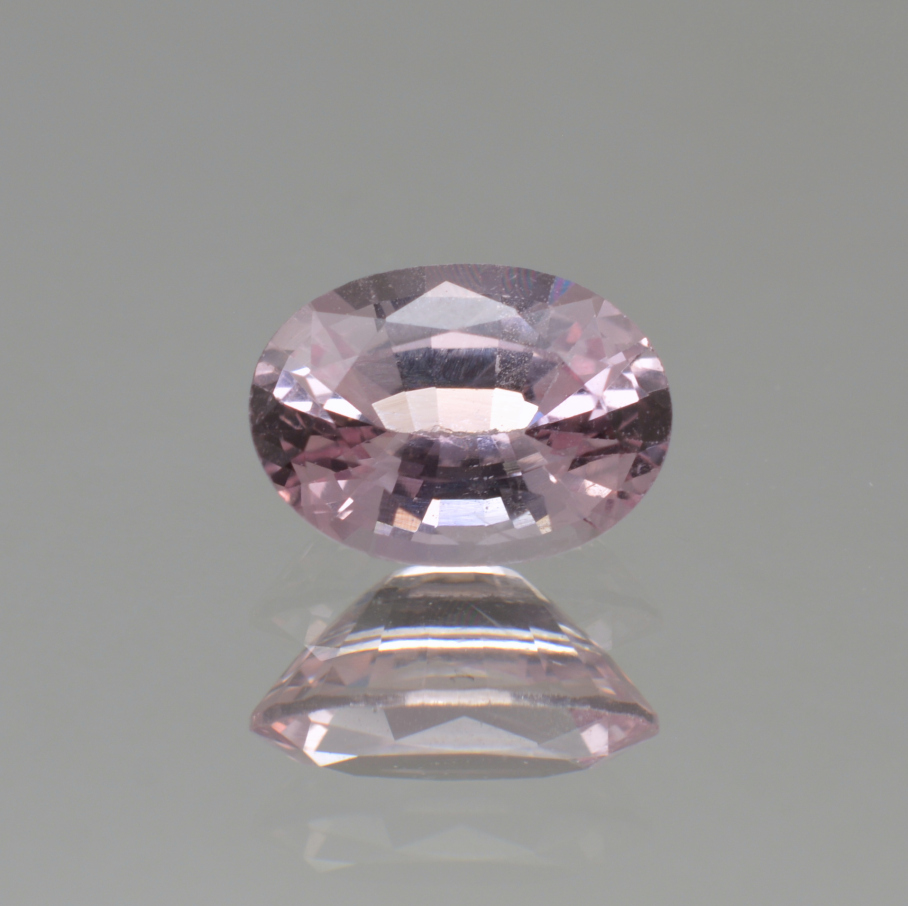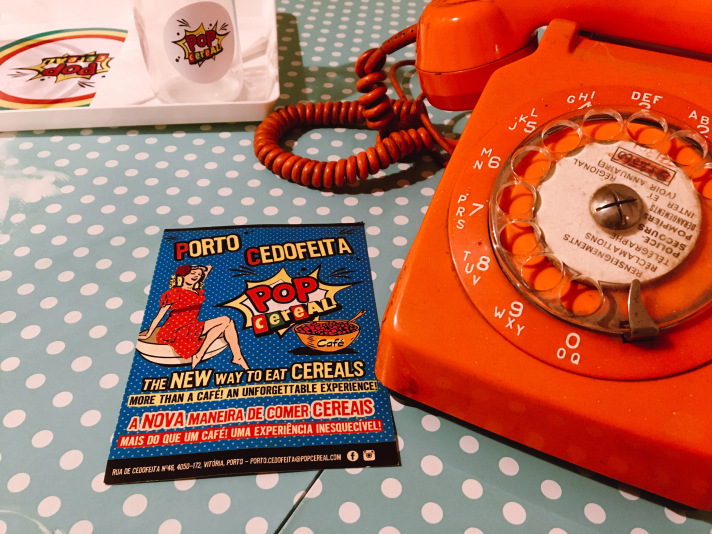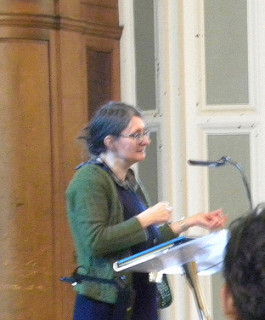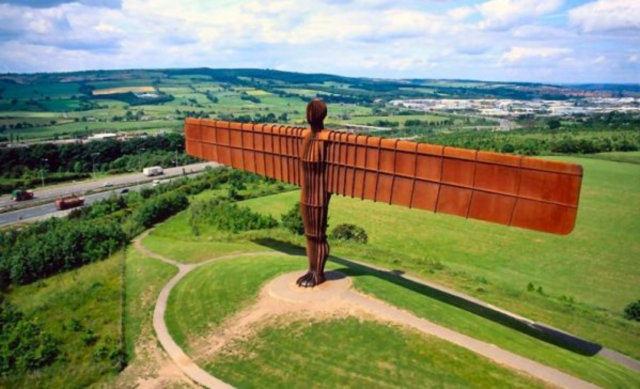
This monumental outdoor sculpture – 20 metres (66 ft) tall, with wings measuring 54 metres (177 ft) across – was designed by the British sculptor Anthony Gormley, in 1998. It was placed in Gateshead, in the very north of England.
Gormley was born in 1950, and his work since the early 1980s has been revolving around the human figure, which he renders in various metals, and in simplified shapes.
Wikipedia gives the following three implied meanings: “first, to signify that beneath the site of its construction, coal miners worked for two centuries; second, to grasp the transition from an industrial to an information age, and third, to serve as a focus for our evolving hopes and fears.”
Even though controversial at first, it has since achieved the status of a landmark for the formerly industrial north of England.
Installed high up on the hill, it is visible from afar. It’s corten steel material refers to the former lifeline of the region, mining.
The controversy revolved mostly around the size of the work. Anthony Gormley recalled that “a local paper dug up pictures of some totalitarian winged figure commissioned during the Third Reich and ran it under the headline: NAZI … BUT NICE. I nearly pulled out – I had no interest in foisting this thing on anyone.”
Hear the artist talk about his piece. He describes it as a somewhat impaired guardian angel.
The “Angel of the North” can pride itself of being able to do the splits – it succeed in pleasing diverse audiences: While art novices appreciate to be able to recognize the figure and identify as an angel, art experts are appeased by the abstract quality of the rendered figure.
This is less true for two other public art works, which Gormley created:
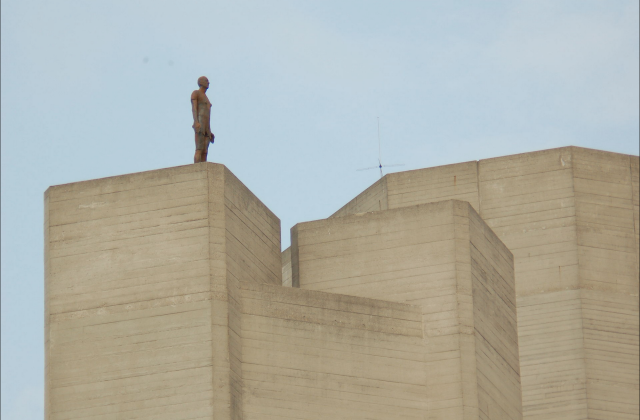
“Event Horizon,” London, 2007: 31 life-sized casts of the artist’s body, placed temporarily on building along London’s South Bank.
A previous work was installed in 1997: “Another Place” consists of 100 cast of the artist’s body, installed on Crosby Beach near Liverpool.
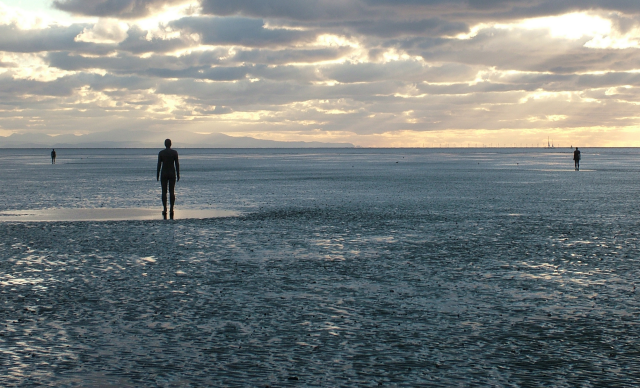
Both pieces avoid abstracting the figure and rather present us an exact, almost “art-less” cast of the artist’s body, multiplied. Frozen men. The goal here seems to be a kind of trompe l’oeil, a deception of the eye. Viewers will, at first glance, believe there are real men on roof tops or deep in the ocean. Contemplating the world forever. They could be seen as representing pure human existence in unison with the world, urban and natural.
Gormley is also known for his indoor human figures – more or less simplified. The Denver Art Museum owns one that was exhibited prominently for the inauguration of the Hamilton Building in the signature prow of the Libeskind architecture.
